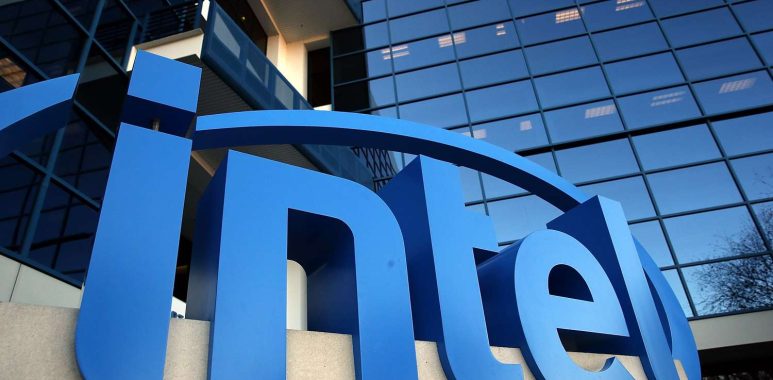Intel to Cut Over 15,000 Jobs in Major Cost-Reduction Effort

The struggling chipmaker takes severe measures to fund turnaround amid rising competition.
Intel announced on Thursday that it will cut over 15,000 jobs, more than 15% of its workforce, in an effort to reduce costs and fund a turnaround amid increased competition from rivals like Nvidia and AMD. The announcement follows a disappointing third-quarter revenue projection and a significant drop in share prices.
Intel’s revenue for the current quarter is expected to be between $12.5 billion and $13.5 billion, falling short of analysts’ average projection of $14.38 billion. The company also anticipates a loss of 3 cents per share, excluding certain items, compared to expectations of a 30-cent profit.
Intel will suspend dividend payments starting in the fourth quarter to preserve cash flows until they reach sustainably higher levels, ending a dividend streak that began in 1992.
CEO Pat Gelsinger described in a memo, the job cuts and other measures as “some of the most consequential changes in our company’s history.” He emphasized the need for bold actions to address high costs and low margins, acknowledging the tough path ahead. CFO Dave Zinsner echoed this sentiment, highlighting the necessity of these cuts to establish a sustainable business model.

Intel’s challenges have been compounded by losing business to competitors better positioned in the booming artificial intelligence (AI) sector. Nvidia Corp. has significantly outpaced Intel in sales, and AMD’s market value now exceeds Intel’s by over $100 billion. The company also faces tough competition from Taiwan Semiconductor Manufacturing Co., recognized for having the industry’s best production capabilities.
Intel’s second-quarter results showed a profit of 2 cents per share and revenue of $12.8 billion, both below analysts’ expectations. Despite a modest increase in overall sales projected for this year, the company remains over $20 billion below its 2021 peak. The AI-driven market shift has allowed competitors to capture some of Intel’s customers, further impacting its financial performance.
In addition to job cuts, Intel will reduce its spending on new plants and equipment by more than 20% in 2024, budgeting between $25 billion and $27 billion, with further reductions expected next year. These cuts are aimed at removing bureaucracy and speeding up decision-making processes.
Intel has struggled to adapt to the evolving demands of the semiconductor industry. While its manufacturing operations are undergoing a massive upgrade, the company has yet to achieve the same market presence in AI chips as Nvidia. The restructuring of its business operations is intended to make Intel more competitive and efficient.
Intel’s shares fell significantly following the announcement, marking a 42% decline this year. The company has also been impacted by the U.S. government’s revocation of its license to supply chips to China’s Huawei Technologies, part of broader national security measures.
Despite these difficulties, Gelsinger is confident about Intel’s future. He thinks Intel will eventually be able to defeat its competitors in terms of manufacturing, drawing in outside clients and making the company’s investment in new facilities beneficial. The company has been a major beneficiary of the 2022 CHIPS and Science Act, receiving significant funding to bolster domestic semiconductor manufacturing.
Still, there are many obstacles in the way. The company’s recent actions, such as the suspension of dividend payments and the significant layoffs, demonstrate how dire things are for them right now. Investors and analysts remain cautious about Intel’s future, with some predicting further declines in the company’s stock price.
Intel’s cost-reduction plan aims to save $10 billion by 2025, with significant spending cuts on capital expenditures and operating expenses. The company is also launching an “enhanced retirement offering” for eligible employees and a voluntary departure program to further reduce its workforce.


